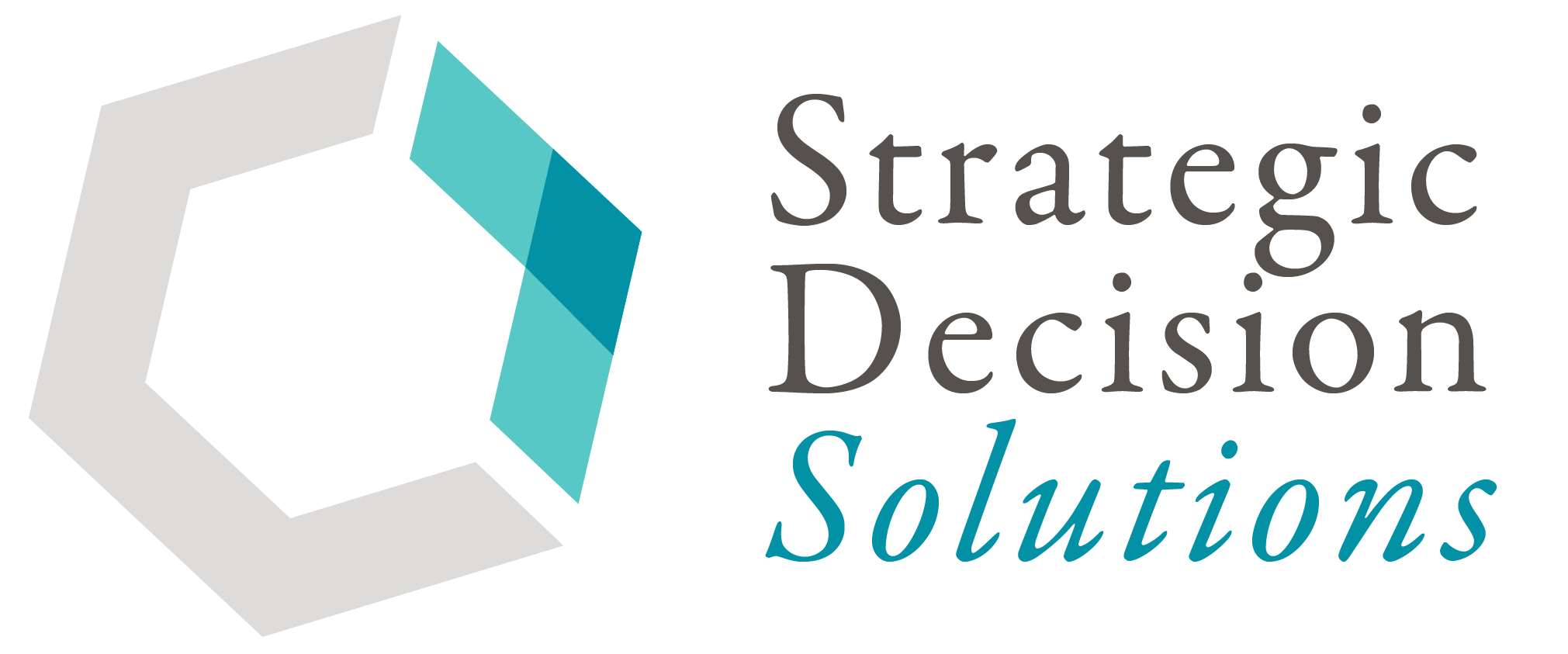If you scroll through the posts on this blog, you will notice that many focus on decisions.
This shouldn’t be a surprise considering that ERM is one tool for ensuring risk-informed decisions across the organization…
Unfortunately, a growing number of organizations continue to report that their ERM processes do not provide a competitive advantage and are not a helpful tool for decision-making.
To ensure they are making the best decisions possible, executives need more than a risk register, report, or heat map. They need a structured process for improving the quality of the decisions they make while avoiding costly errors.
A workshop at last year’s Risk Awareness Week titled Decision Analysis – Why Framing the Decision(s) is Important and How to Do It hosted by Alexei Sidorenko and Brian Putt explores the basics of a structured approach and how organizations can use it at all levels.
Decision analysis is a systematic approach that uses proven tools and a structured communication process to generate, evaluate, and compare alternatives.
Most of us reflexively judge the quality of a decision by its outcome. But despite a strong correlation, a good decision does not guarantee a good result nor does a bad decision automatically mean a bad result. Without a systematic approach for decision-making, good outcomes may just be luck, especially considering the staggering number of risks and uncertainties that can derail any plan. Absent any documentation, the only way to judge if a decision was a good one or not is to look at the outcome.
It’s important to understand that decision analysis is not solely for large organizations, long-term strategy, or big projects. It is a “scalable” process that’s applicable to any decision for any size business and even individuals. Decisions can be particularly difficult when they are one-of-a-kind, complex, uncertain, and/or dynamic, which makes having a structured process all the more valuable.
Brian explains that decision analysis helps provide clarity to a decision by:
- Defining the problem (what is assumed, excluded, and included)
- Identifying the critical factors (dependencies, dates, etc.)
- Generating and evaluating alternatives
- Understanding value of alternatives under scenarios of critical factors
The first step in this process is framing or structuring the decision, which basically involves properly understanding the order or hierarchy of decisions that need to be made, uncertainties around these decisions, and any alternatives. This information can be put into various tools to help decision-makers visualize these different elements.
Although tools, such as decision trees, influence diagrams, conceptual decision trees, Monte Carlo simulations and other models, have been around for many decades or more, decision analysis combines them into a methodical process.
Like risk management in general, decision analysis is a “long game” that requires a shift in culture and mindset.
As the book Decision Quality: Value Creation from Better Business Decisions explains:
The truth is that the ability to make good decisions is not inborn. One might even say that the ability to make good decisions is contrary to human nature.
Robust decision analysis is scientifically proven to work better than gut feelings, intuition, and other traditional decision-making techniques.
But it can be overwhelming to develop something from scratch, especially for those not familiar with decision science. Like ERM, if it is cumbersome and not useful, executives and managers will quickly abandon it. Developing a high-level process and minimal standards can be very helpful for vetting ideas and understanding how an idea can impact different parts of an organization, especially for organizations where using decision analysis would be a huge step from the current situation. In fact, decision-makers may come to the conclusion that the idea may be great, but it may be the wrong time.
Anyone who thrives on routine will welcome this structure for making decisions.
Thankfully, a full fledge decision analysis process does not have to be mapped out.
Instead, Brian explains how risk professionals and other managers should choose a project with high uncertainty and “pilot” decision analysis. In doing so, executives may discover other solutions not previously considered and therefore appreciate the value a structured decision-making process brings to the table.
Thank you to Brian and Alexei for sharing their thoughts in this workshop, which was helpful in understanding how risk analysis can be integrated into decision-making.
Do you wish your executives and other decision-makers would use a methodical approach for decision making?
To share your thoughts and experiences on decision analysis, feel free to join the conversation on LinkedIn.
And if your executives are trying to understand how to improve their decision-making process, please don’t hesitate to connect with me to discuss your specific needs today.
Featured image courtesy of Roland Samuel via Unsplash.com








